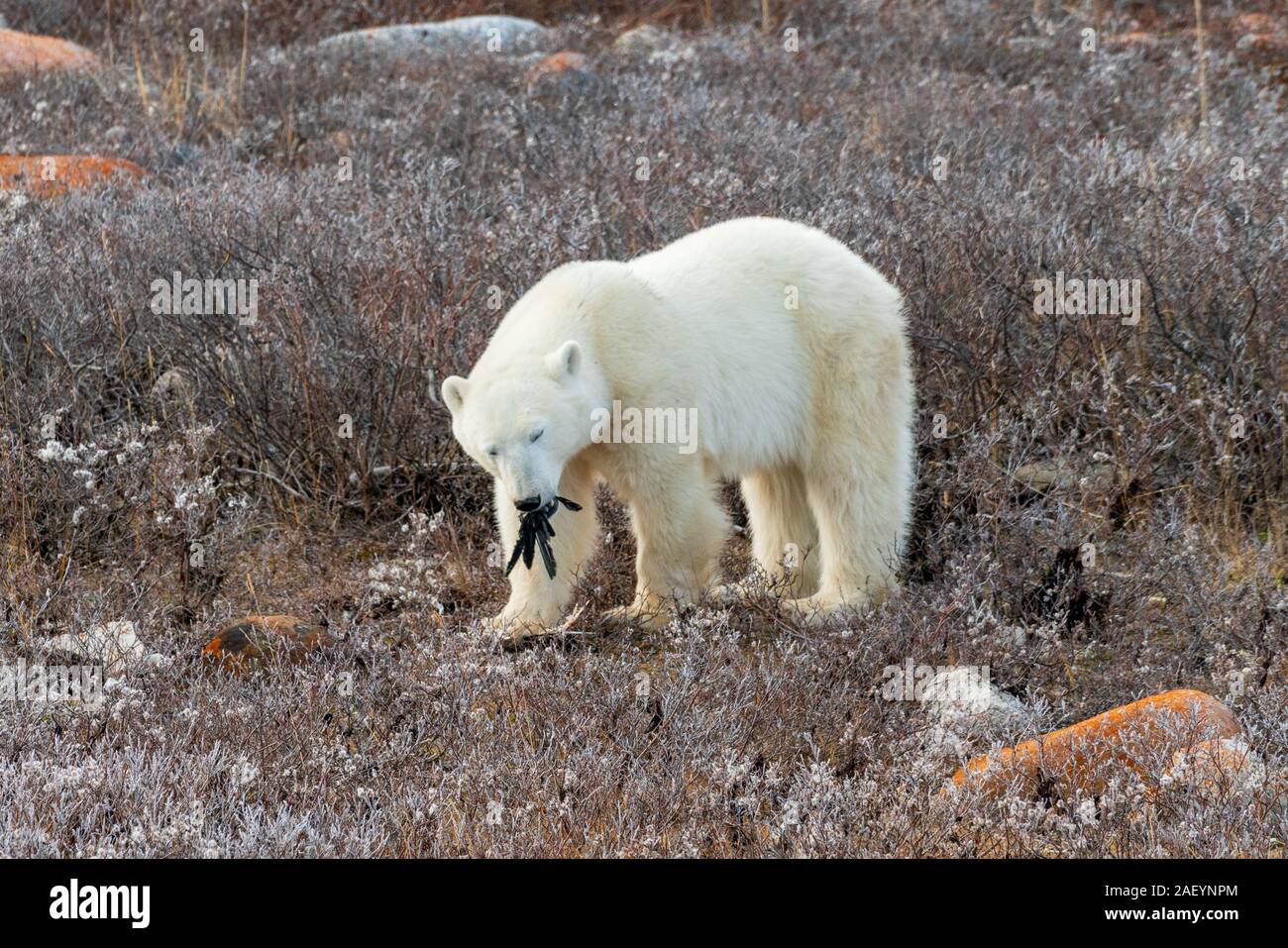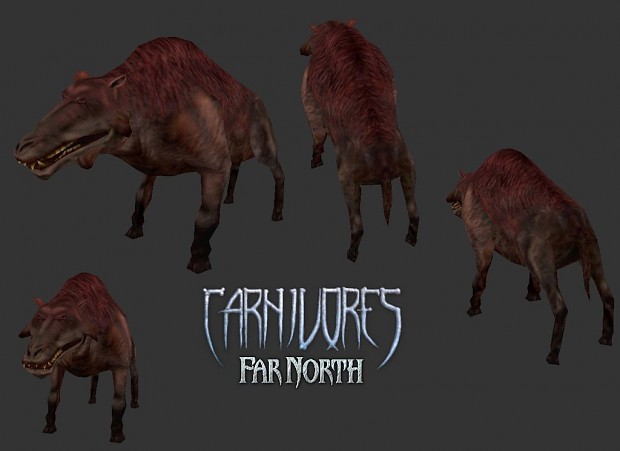

The Andean cat ( Leopardus jacobitus), which has been categorized as endangered ( Nowell 2002), is the most threatened mammalian carnivore in the High Andes ecoregion ( Villalba et al 2004). Vast areas have been only superficially explored and their biodiversity is still little studied ( Lucherini 1994). Nevertheless, this ecoregion is one of the least-known wilderness areas of Latin America.

The dry areas of the high-altitude Andes (> 3000 m, also known as Puna) are a South American ecoregion regionally ( BSP et al 1995) and nationally ( Bertonatti and Corcuera 2000) ranked with the highest conservation priority because of their outstanding biological value, high endemism rate and vulnerable conservation status. These conflicts are widespread and occur also in mountain regions, as is the case for snow leopards ( Uncia uncia) in Asia's highlands ( Mishra et al 2003). Human–carnivore conflicts are among the major causes of population decline in mammalian carnivores ( Treves and Karanth 2003) and can be particularly controversial when the resources concerned have economic value (eg livestock) and the predators involved have a high conservation profile ( Graham et al 2005). We suggest that, contrary to what was previously thought, hunting might be affecting the conservation status of the Andean cat and of some puma populations in the High Andes of Argentina, and that education strategies may help to improve human attitudes, particularly in the case of the endangered Andean cat. Although perceptions of the Andean cat and the Pampas cat (Leopardus colocolo) were more positive, especially among schoolchildren, they are also frequently killed by local people. Interviews with 50 adults and 226 schoolchildren revealed that pumas ( Puma concolor) and foxes ( Lycalopex culpaeus) are considered pests for preying upon livestock and are actively hunted by adults. We report here the results of the first survey of human perceptions of, and attitudes towards, carnivores in the high-altitude Andes of Argentina. Although human–carnivore conflicts are among the major causes of carnivore population decline, no data are available on this issue for the High Andes. The Andean cat ( Leopardus jacobitus), one of the world's most threatened felids, forms part of the little-known carnivore guild occurring in the dry areas of the High Andes.


 0 kommentar(er)
0 kommentar(er)
